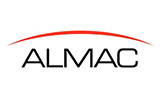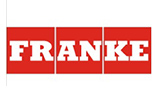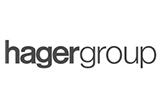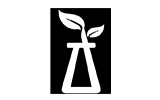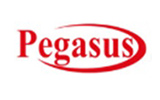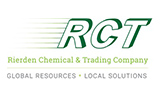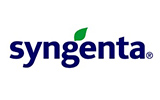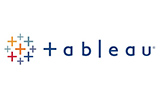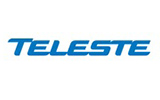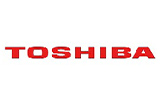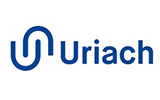

Brazil Toys and Games Market Overview (2025-2033)
The Brazilian toys and games market is poised for substantial growth between 2025 and 2033, driven by a combination of economic recovery, rising disposable incomes, technological advancements, and evolving consumer preferences. The increasing penetration of educational toys, STEM-based learning products, and interactive gaming solutions is reshaping the market, making it more dynamic and competitive. The country’s expanding middle class, growth in online retailing, and rising influence of global entertainment franchises are also contributing to the surge in demand for toys and games.
The urbanization trend and digital transformation in Brazil have significantly influenced consumer behavior, particularly among younger demographics who are becoming more inclined toward smart toys, augmented reality (AR) and virtual reality (VR) gaming, and mobile app-based interactive experiences. Traditional toys such as board games, action figures, and dolls continue to be popular, but modern digitalized products are gaining traction due to advancements in artificial intelligence (AI) and immersive play experiences.
One of the key factors driving the Brazilian toys and games industry is the rising emphasis on early childhood education and cognitive development. Parents are increasingly seeking toys that promote creativity, critical thinking, and problem-solving skills rather than just providing entertainment. This shift has spurred demand for STEM toys, educational puzzles, and coding-based kits, leading to increased innovation among toy manufacturers.
The expansion of e-commerce and digital retail platforms has further transformed the market landscape. The growing number of online shoppers, easy access to global toy brands, and attractive discounts on e-commerce platforms have fueled a shift from traditional toy store purchases to digital shopping experiences. Additionally, the rising influence of social media marketing, influencer endorsements, and unboxing videos has become a powerful tool in driving toy sales, particularly among children and teenagers.
The market is also benefiting from increased licensing agreements and partnerships with global entertainment companies, leading to a surge in branded toys and merchandise. Popular animated franchises, superhero movies, and video games have influenced consumer buying decisions, making action figures, collectibles, and themed board games some of the fastest-growing product categories. The success of globally recognized brands has encouraged local manufacturers to diversify their product offerings and invest in collaborations with entertainment firms.
Despite strong growth prospects, the industry faces certain challenges, including economic fluctuations, stringent toy safety regulations, and the prevalence of counterfeit products. The fluctuating value of the Brazilian currency impacts import costs, which in turn affects pricing strategies for international toy brands. Moreover, ensuring compliance with international toy safety standards and environmental sustainability requirements has increased production costs for manufacturers. The presence of low-cost counterfeit toys in the market also poses a significant threat to brand reputation and consumer trust.
Looking ahead, the Brazilian toys and games market is expected to continue evolving with increasing investments in AI-powered toys, robotics, and smart gaming technologies. The demand for sustainable and eco-friendly toys is anticipated to grow, prompting manufacturers to adopt biodegradable materials, recyclable packaging, and energy-efficient production processes. Additionally, personalized and customizable toys that cater to individual preferences and interactive storytelling experiences are gaining attention among both children and collectors.
As Brazil’s economy strengthens and disposable income levels continue to rise, the toys and games sector will likely witness higher consumer spending, product diversification, and a greater focus on experiential retailing. Companies that embrace digital transformation, invest in sustainable manufacturing, and leverage strategic partnerships with entertainment brands will be best positioned to capitalize on the growing demand for innovative and engaging play experiences.
Market Segmentation
By Product Type:
By Distribution Channel:
By Age Group:
Key Players in the Brazil Toys and Games Market
The Brazilian toys and games market is highly competitive, with a mix of domestic manufacturers and international brands offering diverse product categories.
Leading International Brands:
Top Domestic Players:
Emerging Trends Among Key Players:
With strong market potential, evolving consumer preferences, and increased technological integration, the Brazilian toys and games industry is expected to thrive, presenting new opportunities for both domestic and global toy manufacturers over the coming decade.
